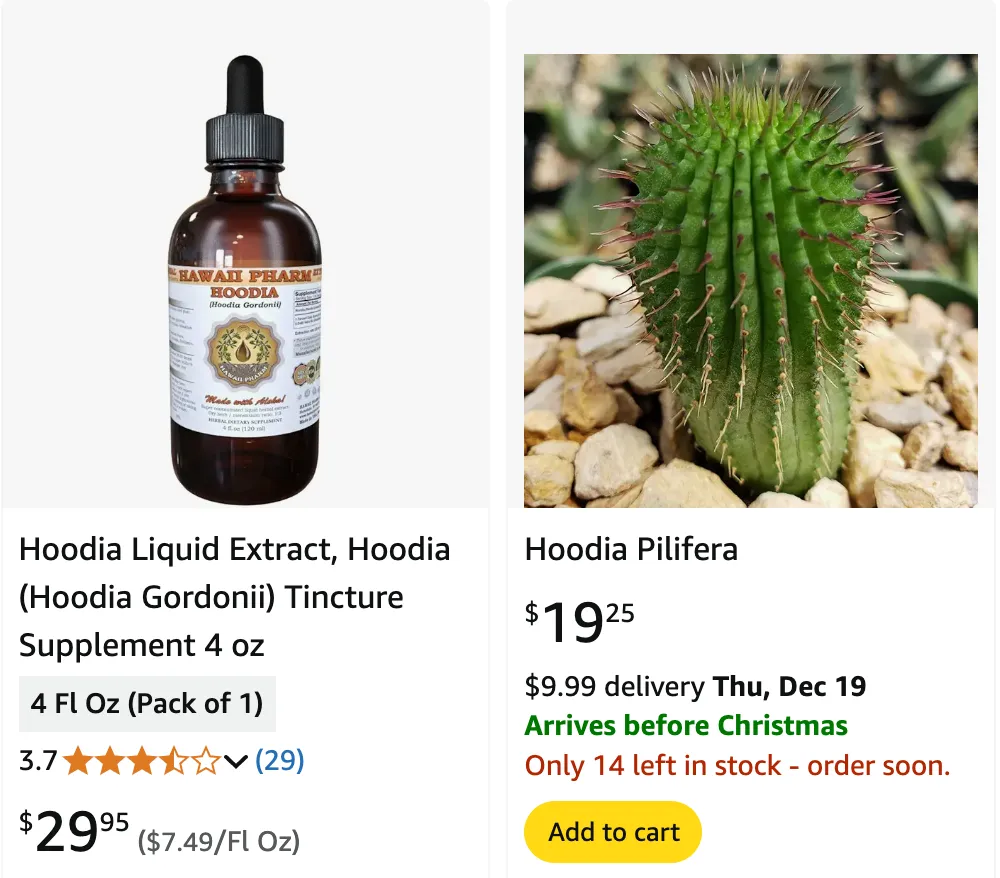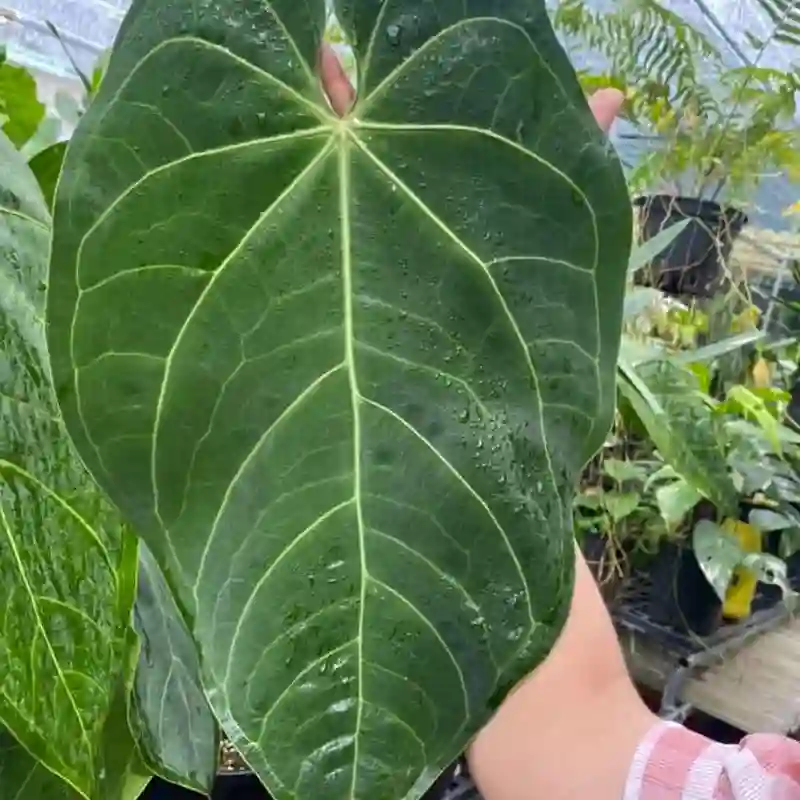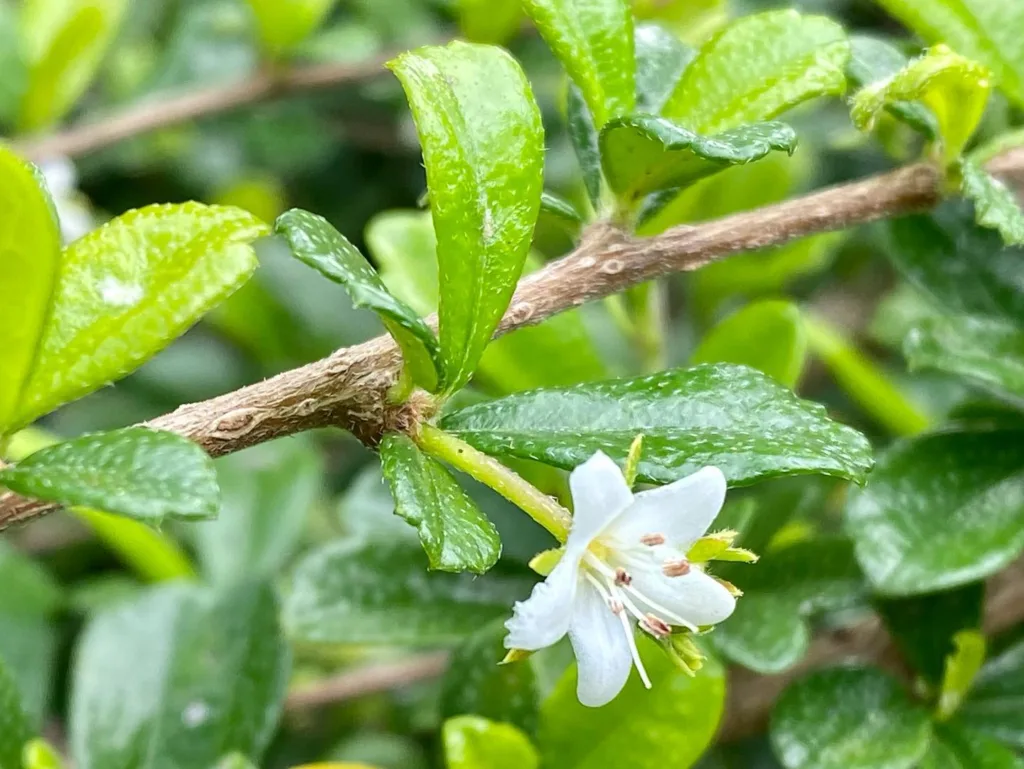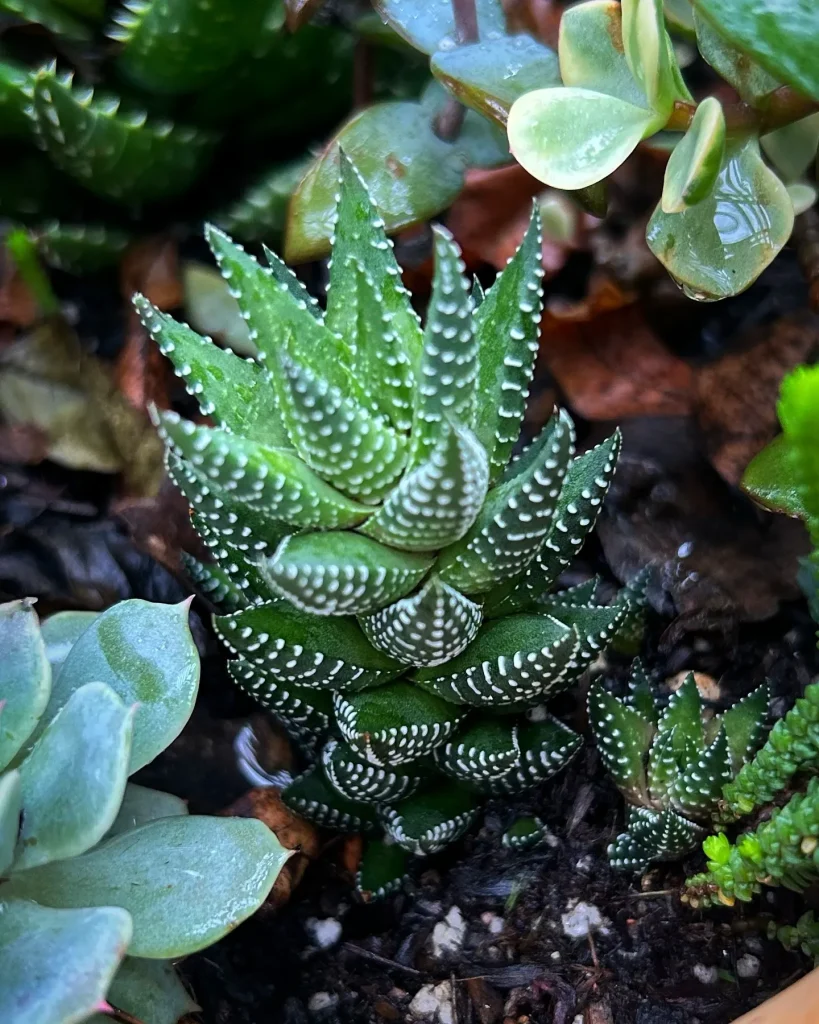
July 20 – Hoodia
"Hoodia, the desert gem, represents July 20."
Hoodia symbolizes endurance and independence. You are self-reliant and thrive under pressure. Like this hardy plant, your resilience is awe-inspiring.
My Fascination with Hoodia: A Journey into the World of Succulent Wonders
As a plant enthusiast, I’ve always been drawn to the unique and diverse flora of our planet. One genus that has particularly captivated my attention is Hoodia, a group of fascinating succulents native to the arid regions of Southern Africa. These intriguing plants, with their unusual appearance and remarkable adaptations, have not only piqued my curiosity but also inspired a deeper appreciation for the wonders of the natural world.
Discovering the Unique Characteristics of Hoodia
My journey into the world of Hoodia began with a simple encounter at a local botanical garden. I was immediately struck by the plant’s fleshy, cactus-like stems adorned with spiny tubercles. Its unique morphology, coupled with its reputation for thriving in harsh desert environments, sparked an immediate interest.
Hoodia belongs to the family Apocynaceae, which also includes well-known plants like milkweed and oleander. However, unlike its more conventional relatives, Hoodia has evolved a remarkable set of adaptations to survive in the xeric conditions of its native habitat. Its succulent stems store water, enabling it to endure long periods of drought, while its spines serve as a deterrent to herbivores.
But what truly sets Hoodia apart is its intriguing flowers. These fleshy, saucer-shaped blooms often exhibit a striking resemblance to carrion, emitting a pungent odor that attracts flies for pollination. While not the most pleasant of scents, this unusual adaptation ensures the plant’s reproductive success in an environment where pollinators are scarce.
Exploring the Diverse Species in Hoodia
As I delved deeper into the world of Hoodia, I discovered a fascinating array of species, each with its own unique characteristics and distribution.
- Hoodia gordonii: Perhaps the most well-known species, H. gordonii is renowned for its traditional use as an appetite suppressant by the San people of Southern Africa. This has led to its commercial cultivation and investigation for potential applications in weight loss products. Plant FAQs: Hoodia Gordonii
- Hoodia currorii: This species is characterized by its relatively large, saucer-shaped flowers, which can range in color from pale yellow to deep purple. It is widely distributed throughout Namibia and South Africa.
- Hoodia pilifera: This species is distinguished by its hairy stems and smaller, less conspicuous flowers. It is primarily found in the Richtersveld region of South Africa.
- Hoodia officinalis: This species is similar in appearance to H. gordonii but is distinguished by its smaller flowers and more compact growth habit. It is found in the Northern Cape region of South Africa.
- Hoodia flava: This species is known for its bright yellow flowers, which are often tinged with purple. It is primarily found in Namibia.
- Hoodia alstonii (N.E.Br.) Plowes
- Hoodia dregei N.E.Br.
- Hoodia juttae Dinter
- Hoodia mossamedensis (L.C.Leach) Plowes
- Hoodia parviflora N.E.Br.
- Hoodia pedicellata (Schinz) Plowes
- Hoodia ruschii Dinter
- Hoodia triebneri Schuldt
The Importance of Conservation and Sustainable Use
Despite their resilience, Hoodia species face increasing threats due to habitat loss, overgrazing, and illegal harvesting. The growing demand for H. gordonii in the weight loss industry has led to unsustainable harvesting practices, putting further pressure on wild populations.
It is crucial that we recognize the importance of conserving these unique plants and their fragile ecosystems. Sustainable harvesting practices, coupled with habitat protection and restoration efforts, are essential to ensure the long-term survival of Hoodia species.
My Continued Fascination with Hoodia
My journey into the world of Hoodia has been a rewarding experience, filled with discovery and wonder. These remarkable plants, with their unique adaptations and intriguing characteristics, serve as a testament to the resilience and diversity of life on Earth.
As I continue to explore the fascinating world of Hoodia, I am committed to promoting its conservation and sustainable use. By raising awareness and supporting responsible practices, we can ensure that these unique plants continue to thrive for generations to come.
If i die, water my plants!



